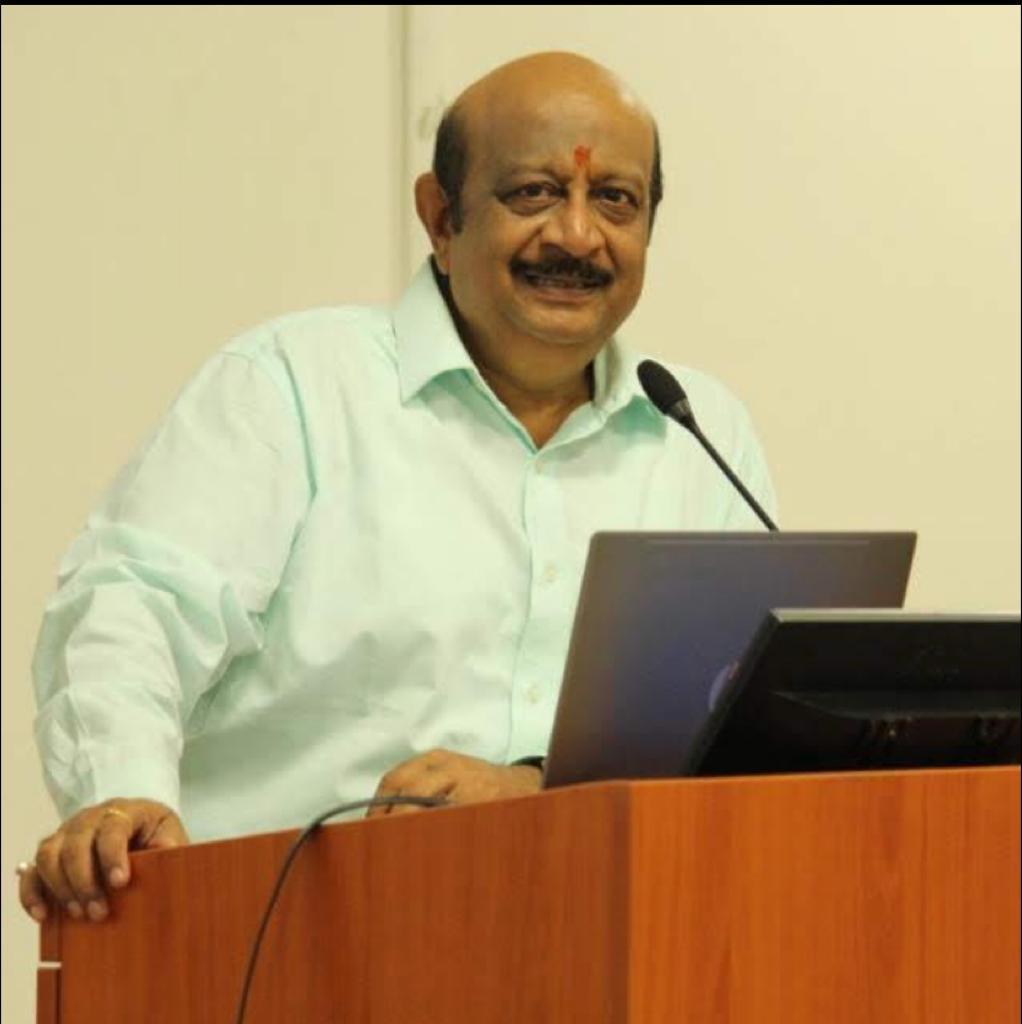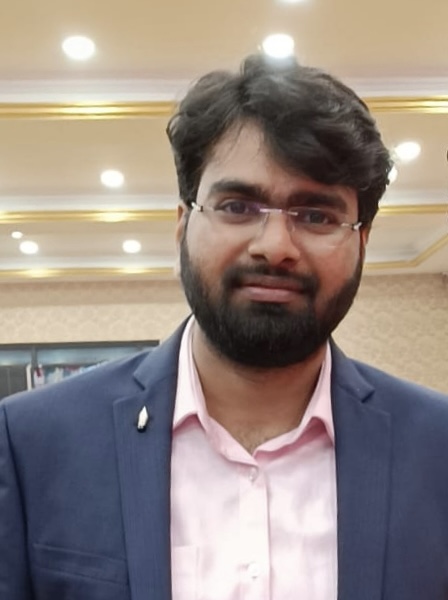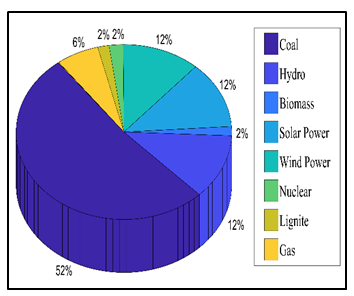The Role of Artificial Intelligence and Blockchain in Advanced Power Systems for Smart Cities
Written by B V Surya Vardhan, Mohan Khedkar, Ishan Srivastava and Sidharth Sabyasachi
Power generation is one of the important pillars of a smart city. There are also other important factors like power transmission and distribution. Intelligent power management uses technologies like Artificial Intelligence (AI), Machine Learning (ML), and blockchain to improve the efficiency of power delivery across a smart city, as well as make grids smarter. The availability of relevant data is crucial to implement AI and ML. In developing countries, the main challenge lies in digitalization and the availability of such data. Data manipulation is often hindered by the presence of too many outliers when implementing AI and ML solutions. The emergence of data extraction techniques using computerized means can be a solution to this issue. Another important issue that power systems of smart cities are facing is cyber security. Blockchain and decentralization of power systems can be effective solutions to address such problems. This article discusses the role of AI and blockchain for various power related applications like Load Forecasting, Intermittent Source Forecasting, and Peer-to-Peer Trading.
Introduction
The emergence of Artificial Intelligence techniques has improved decision-making in the operation of power systems. It has helped to improve the accuracy of load, solar, and wind forecasting. Various issues like climate change, global warming, etc. have fundamentally changed the usage of electric power. Moreover, the recent COVID-19 pandemic has changed the demand necessities of various countries. Demand variation in India can be seen in Figure 1. The sudden change in demand has made it difficult for power system operators to make predictions. Various artificial intelligence techniques have simplified the process and improved the accuracy of demand prediction [1-3]. The emergence of renewable energy systems has also helped to generate clean energy. Various renewable energy systems like wind and solar power have made the grid more complex when integrating power supplied from multiple sources. AI has taken substantial steps to solve this issue. The sharing of renewable energy in India is shown in Figure 2. Generation forecasting of Photo Voltaic (PV) and wind can be achieved using artificial intelligence algorithms. Fair distribution of power among customers is the priority for states with good governance, which requires robust decentralization of power. Peer-to-Peer (P2P) trading is one of the important components of power decentralization. Blockchain is one of the emerging technologies to achieve P2P trading with an advantage to both producer and consumer [4]. Recently, a blockchain-based trading system, with more than 30 participating households in the village of Walenstadt in Switzerland, has implemented a decentralized form of secured power exchange.
Role of Artificial Intelligence in Load and Energy Forecasting
The biggest challenge before power system operators is to predict sudden and unexpected demand changes. Efforts are being made to forecast sudden changes in demand and AI has been an effective forecasting tool. Accurate forecasting of load is helpful in precise scheduling of active power [5]. Since the characteristics and usage of load vary from place to place, there is no standard load forecasting algorithm (e.g. a load forecasting algorithm of Europe might not work in India). To solve this issue, the input parameters used in the data need to be framed intelligently. Accurate solar and wind forecasting can improve the predictability of the system which, in turn, helps in optimized scheduling of power.
Figure 1: Peak Demand required v/s Demand met of India.
Figure 2: Share of energy sources in India.
The Role of Blockchain in Energy Trading
Smart contract is the fundamental pillar of a blockchain where a smart contract is established among two consumers, consumer and prosumer, or consumer and producer. (A prosumer is defined as one who not only produces power but also consumes.) This smart contract reduces the role of centralized systems and helps in secured power exchange by improving encryption and authentication. This makes the system decentralized so there is no single point of failure. The hash algorithms are used for the purpose of validation of the transaction. One of the limitations of blockchain is transaction congestion, which causes high transaction fees. The trilemma of blockchain is scalability, security, and decentralization, out of which scalability is the biggest limitation that researchers are facing to implement blockchain. Transaction validation latency and transaction throughput can be the main challenges related to scalability. The time taken for a transaction to be validated and placed in a block which includes validation and confirmation time is called transaction validation latency, which depends on the efficiency of miners. The number of transactions validated per second (also referred as processing speed) is called transaction throughput. Since the transactions in power applications have to occur 15-minute intervals or 96 blocks per day, this can create congestion in the network.
Conclusion
Advanced and modern power systems are the key to sustaining smart cities. Blockchain and AI are two technologies that make power systems modern and advanced. AI can be an effective tool for the purpose of forecasting load and intermittent parameters of renewable energy. Peer-to-Peer energy trading is the key to distributing power in a fair manner, which requires decentralized systems. Blockchain can be an effective tool to achieve decentralization. However, blockchain is in its initial phase of development where scalability is the biggest challenge before the power system researchers.
References
- B. V. S. Vardhan, M. Khedkar, and K. Shahare, “A comparative analysis of various stochastic approaches for short term load forecasting,” International Conference for Advancement in Technology (ICONAT), 2022, pp. 1–6.
- J. Li, D. Deng, J. Zhao, D. Cai, W. Hu, M. Zhang, and Q. Huang, “A Novel Hybrid Short-Term Load Forecasting Method of Smart Grid Using MLR And LSTM Neural Network,” IEEE Transactions on Industrial Informatics, vol. 17, no. 4, pp. 2443–2452, 2021.
- H. Aprillia, H.-T. Yang, and C.-M. Huang, “Statistical Load Forecasting Using Optimal Quantile Regression Random Forest and Risk Assessment Index,” IEEE Transactions on Smart Grid, vol. 12, no. 2, pp. 1467–1480, 2021.
- Pornpit Wongthongtham, Daniel Marrable, Bilal Abu-Salih, Xin Liu, and Greg Morrison, “Blockchain-enabled Peer-to-Peer energy trading,” Computers & Electrical Engineering, vol. 94, Sept. 2021.
- B. V. S. Vardhan, M. Khedkar, and I. Srivastava, “Cost Effective Day -ahead Scheduling With Stochastic Load and Intermittency Forecasting for Distribution System Considering Distributed Energy Resources,” Energy Sources, Part A: Recovery, Utilization, and Environmental Effects, vol. 0, no. 0, pp. 1–26, 2021. [Online].
This article was edited by Sidharth Sabyasachi.
To view all articles in this issue, please go to March 2023 eNewsletter. For a downloadable copy, please visit the IEEE Smart Cities Resource Center.




To have the eNewsletter delivered monthly to your inbox, join the IEEE Smart Cities Community.
Past Issues
To view archived articles, and issues, which deliver rich insight into the forces shaping the future of the smart cities. Older eNewsletter can be found here. To download full issues, visit the publications section of the IEEE Smart Cities Resource Center.





